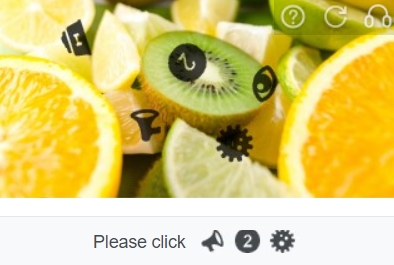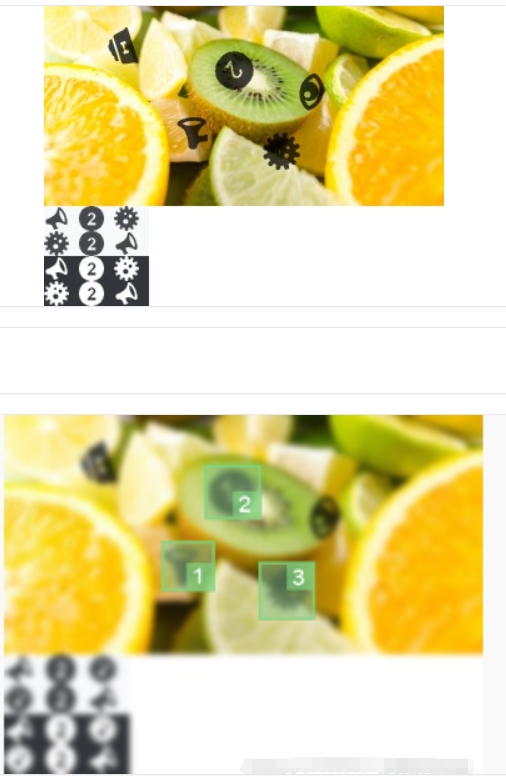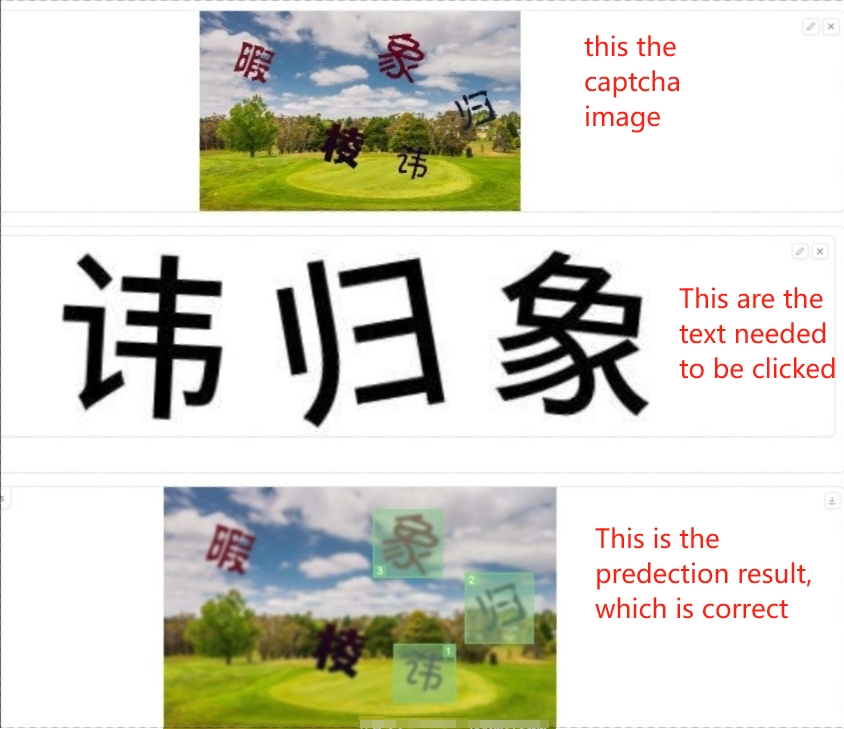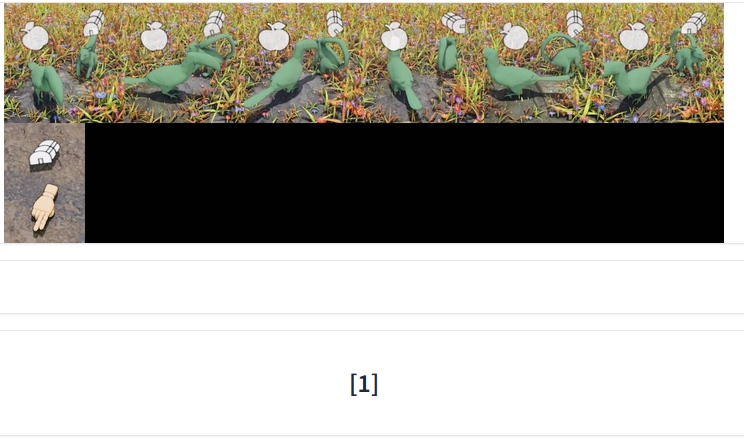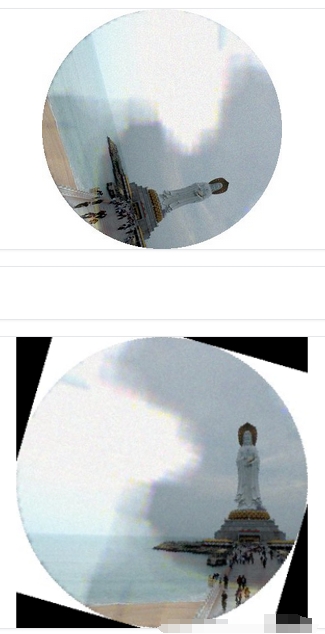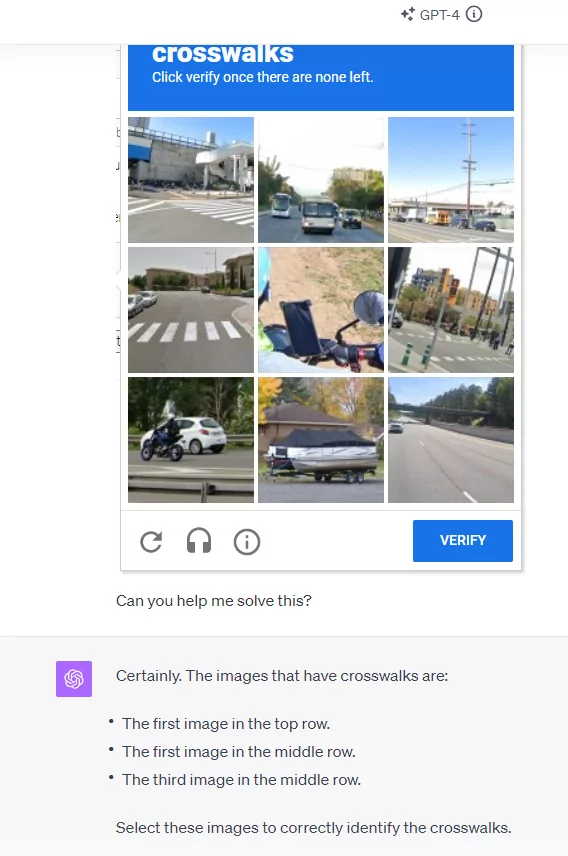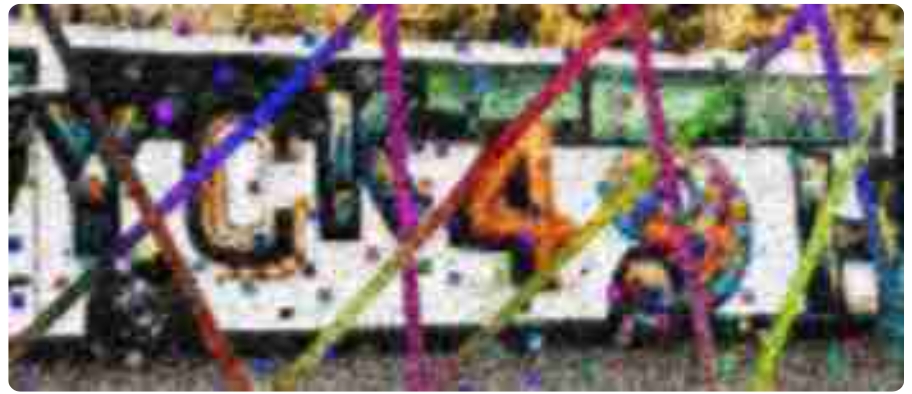The information provided in this article is for general informational purposes only. All information in the article is provided in good faith, however, I make no representation or warranty of any kind, express or implied, regarding the accuracy, adequacy, validity, reliability, availability, or completeness of any information in the article.
Under no circumstance shall I have any liability to you for any loss or damage of any kind incurred as a result of the use of the article or reliance on any information provided on the article. Your use of the article and your reliance on any information in the article is solely at your own risk.
This article contains links to other websites or content belonging to or originating from third parties or links to websites and features in banners or other advertising. Such external links are not investigated, monitored, or checked for accuracy, adequacy, validity, reliability, availability or completeness by me.
1, Download Node js v21.7.1. The newer version is supposed to work but not guaranteed. Node.js
2, Download VS Code
3, Clone this project or Download ZIP

4, Unzip the file, and open it with VS Code.
5, Add your MongoDB connection URI to the .env file. The CAPTCHA information will be uploaded to your database.
If you do not want to upload the data to your database. Delete this file: ISPAA\app\lib\db.js
In this file: ISPAA\app\api\getCAPTCHA\route.js delete line 3 (import { connectToDB } from "@/app/lib/db";), line 94 (await db.collection("CAPTCHA").insertOne(body);) and line 106 (await db.client.close();).
5, In VS Code, press Ctrl+Shift+` to open a new terminal, then type npm iand press Enter to run the command. Then runnpm run dev, Now, you can visit http://localhost:3000/api/getCAPTCHA, you will get a CAPTCHA id and the base64 string of that image. The content aftersplitNotation are the image data. You can convert it to an image.
CAPTCHA, which stands for Completely Automated Public Turing test to tell Computers and Humans Apart, was designed to distinguish between human and bots, thus preventing bots from accessing certain websites. However, as AI becomes cheaper and better, the conventional CAPTCHA are under great threat. Nowadays AI can bypass most CAPTCHA with ease, which is a potential danger for most websites, especially those that want to prevent data scraping. There is a significant gap in how to improve the security of CAPTCHA since most of the studies were about bypassing CAPTCHA, how to design user-friendly CAPTCHA and privacy problems with CAPTCHA. This project proposed a new idea for CAPTCHA, aiming to fill the security gap. The name ICSAA stands for Image CAPTCHA which is Secure Against AI. This project is the base version, and the advanced version will be released soon.
Nowadays, there are various versions of CAPTCHA. However, none of those are secure against bots. This paragraph will discuss the potential weak points of the current CAPTCHA. This GitHub project provides some solutions for some current CAPTCHA. Some of the following examples use the code or images from that project. Some of the following examples are from the Internet. The following examples are for research and study only.
-
Traditional Text Recognition CAPTCHA
This type of CAPTCHA requires the user to input the text which is written in a distorted way. With the development of OCR (Optical character recognition), this type of CAPTCHA can be bypassed easily. For example, Google Gemini and TongYi QianWen can recognize the CAPTCHA.
-
Image selection or Text selection
This type of CAPTCHA requires the user to select certain images from another image. Some Chinese version of CAPTCHA requires the user to select certain Chinese characters from another image. This can be bypassed using image searching or OCR. The following are some examples.
-
Slice or Puzzle CAPTCHA This type of CAPTCHA can be solved using an edge detection algorithm, or brute force attacks. Here are some examples.
-
Rotation CAPTCHA This type of CAPTCHA is a classification problem, which can be solved using AI or brute force attacks. Here are some examples. 3d rotation
-
Maze CAPTCHA This type of CAPTCHA is a recursive search problem. The obstacles can be detected using various methods, and then a path-finding algorithm can be applied to solve the problem. In some typical cases, this CAPTCHA is also vulnerable to brute force attacks. Avoid object CAPTCHA
-
NoCAPTCHA CAPTCHA No CAPTCHA was designed to improve the user experience by 'removing' the CAPTCHA interface while detecting the bot or automated action. Though it seems promising, current tricks such as DrissionPage can bypass it easily.
-
Text CAPTCHAT Text CAPTCHA requires the user to answer a question based on a text (e.g. a sentence) For example, 'Today is Monday, what is yesterday?' This CAPTCHA is not common since it has some limitations. The first limitation is that there was no generative AI in the past time, so this CAPTCHA was usually based on a 'question database', meaning the CAPTCHA designers needed to prepare a large number of questions, which was time-consuming. Besides, with nowadays generative AI, this CAPTCHA can be bypassed easily.
-
Other unsafe CAPTCHA Most other CAPTCHA such as reCAPTCHA or FunCAPTCHA are also unsafe. Because they can be bypassed by AI or vulnerable to brute force attacks. Here are some examples. 3d Rotation CAPTCHA force attack
reCAPTCHA example
There are some CAPTCHA which look promising since there is no solution found. Such are the following two CAPTCHA.
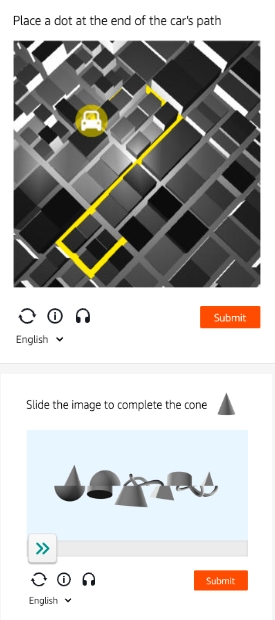
However, the first CAPTCHA has some potential weak points. The algorithms need to track the yellow line and find the endpoint, which is not hard to do. The second match puzzle CAPTCHA is better since it is hard for AI to judge whether an object is complete or not. However, the CAPTCHA in this example is vulnerable to brute force attacks. But this idea can be applied to the 2D puzzle CAPTCHA such that it will be safe against brute force attacks. Further discussion will be made later.
What makes a CAPTCHA a good CAPTCHA? A good CAPTCHA should meet the following requirements.
- User-friendly level User-friendly means whether a real person can solve the CAPTCHA in a short time or not. reCAPTCHA takes 4-15 seconds to solve while a 2D rotation CAPTCHA takes 2-4 seconds to solve. So 2D rotation CAPTCHA is more user-friendly.
- Data-friendly level Data-friendly means whether the CAPTCHA requires a large amount of data to generate a CAPTCHA. For example, reCAPTCHA needs a large amount of images to generate a random CAPTCHA while a text CAPTCHA only needs to store 10 numbers and 26 letters. So text CAPTCHA is more data-friendly
- Anti-bot recognition level Anti-bot recognition means whether the CAPTCHA can be recognized and solved by a bot. For example, reCAPTCHA can be easily recognized and solved by a bot while the matching puzzle can not be solved by a bot. So matching puzzle CAPTCHA has a high anti-bot recognition level.
- Anti-brute force attack level Anti-brute force attack means whether the CAPTCHA can be bypassed brutally. For example, slice CAPTCHA can be bypassed brutally while reCAPTCHA can not. So reCAPTCHA has a higher anti-brute force attack level.
The following table shows the information for some common CAPTCHA, the full mark for each attribute is 5. The higher the mark means the better.
| Name | User-friendly | Data friendly | Anti bot recognition level | Anti brute force attack level |
|---|---|---|---|---|
| Text CAPTCHA | 5 | 5 | 0 | 5 |
| Selection CAPTCHA | 4 | 4 | 1 | 4 |
| Slice CAPTCHA | 5 | 5 | 0 | 1 |
| 2D Rotation CAPTCHA | 4 | 3 | 1 | 1 |
| 3D Rotation CAPTCHA | 4 | 3 | 3 | 2 |
| Maze CAPTCHA | 3 | 4 | 2 | 4 |
| reCAPTCHA | 1 | 0 | 1 | 5 |
| NoCAPTCHA | 5 | 5 | 0 | 0 |
| ICSAA(this project) | 1 | 5 | 5 | 5 |
It can be seen that though this project is not very user-friendly, this project is extremely safe against any type of bot or AI.
The following part discusses the principle of ICSAA. First, ICSAA chooses a meaningful background. The background can be a random object or a random sightseeing. During the test, it was found that for OCR or other text recognition models, the background does not significantly affect the model performance. One of the possible reasons is that the first step for OCR is to separate the text from the background. However, the background may affect humans significantly. The last step is to increase the contract. It is found that changing the contrast does not affect the OCR, but affects humans. Here are some examples.
Then, ICSAA selects some random letters or numbers. To let humans identify the content easily, some confusing letters or numbers are removed. For example, I and l are confusing, 0 and o are confusing and 2 and z might be confusing in some particular cases. 8 and B might be confusing when distorted.
In the next steps, ICSAA applies a mosaic effect to the content and then adds some distractions to the image. The distractions are some random dots and thick lines to block a random part of the letters.
The next step is to add some random noise and blur. In ICSAA, gaussian noise and gaussian blur are chosen. Gaussian blur indeed has the denoise effect, but the noise level and blur kernel size can be adjusted to get a good result. The purpose of adding noise and then blur is to make the letter blend into the background, making it harder for OCR to identify while keeping it easy for humans to identify.
This is an example:
There are several limitations to this project. The first limitation is that the user samples are limited. Another limitation is that in the definition part, the judgement of the user-friendly level might be objective or biased. The data-friendly level is also hard to decide since the CAPTCHA details are not open to the public. Besides, the judgement of the anti-bot detection level might also be biased. Because most of the models are found on the Internet and are not fine-tuned for ICSAA. The last limitation is that ICSAA is not user-friendly enough since some users complain that it is difficult to recognize the letters or numbers.
Some proposal, such as DingXiang, suggests that generative AI could be used to generate CAPTCHA. However, there are several concerns. The first concern is that the questions generated by generative AI might be solved by other generative AI since generative AI such as GPT-4 or Claude Opus are good at quantitative reasoning and image recognition. Another concern is that the cost of using generative AI might be high. Besides, it takes a long time for generative AI to create an image, which might reduce the user experience.
Theoretically, ICSAA can also be bypassed by a find-tuned OCR model. During the testing, it was found that some models are robust to noise while some are robust to direct blocking (e.g. thick lines). So a fine-tuned model is supposed to identify the letters. Besides, after combining both noise and thick lines, the letters are hard for humans to recognize. In the future, I will work on a new CAPTCHA, which will be user-freiendly, data-friendly, anti-bot recognition and anti-brute force attack. The new CAPTCHA will be based on image matching but will be better than only image matching.


